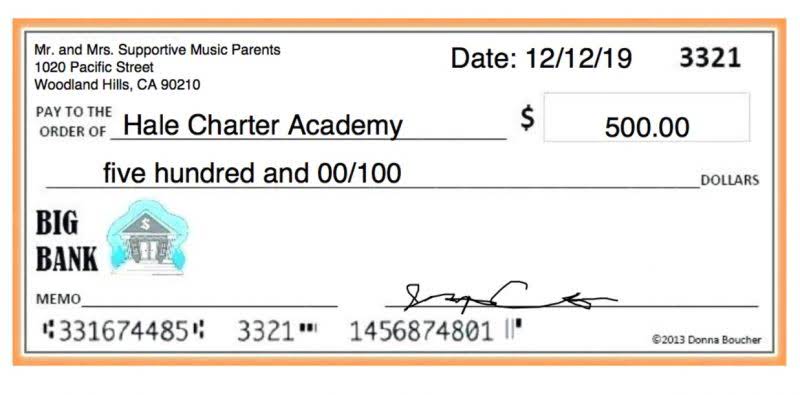
Andy Smith is a Certified Financial Planner (CFP®), licensed realtor and educator with over 35 years of diverse financial management experience. He is an expert on personal finance, corporate finance and https://www.bookstime.com/ real estate and has assisted thousands of clients in meeting their financial goals over his career. Intangible assets can be confusing to value, especially as an investor. Accounting uses historic costs to calculate the value of a company, whereas market value comes from how investors perceive the future of the company.
- They are grouped with the rest of your business assets, like your cash accounts and fixed assets, like buildings or equipment.
- Under the revaluation model, the asset’s market value is obtained and compared with the carrying value.
- In conclusion, intangible assets play a crucial role in the modern economy, adding significant value to businesses across various sectors.
- It may choose to measure the asset at fair value in rare cases when fair value can be determined by reference to an active market.
- For example, an individual who wishes to open a hamburger restaurant may purchase a McDonald’s franchise; the two parties involved are the individual business owner and McDonald’s Corporation.
- It includes value based on the ability of a business to continue to function and generate income even though there is a change in ownership.
Company
Overall, a company’s ability to give accurate valuations to its intangible assets is a good indicator of its ability to manage the business successfully. As with most aspects of intangible assets, these classifications are often more of a matter of opinion or business decision, rather than hard and fast rules. Lifespan is important when valuing intangible assets because it helps a business understand how to evaluate their usefulness in terms of profitability. To see the value of intangible assets, consider names like Starbucks or Christian Dior. These brands are extremely well-recognized, household names. Of course, since many intangible assets have long or undefined lifespans, evaluating which is better will ultimately be more of a business choice than an exact, calculable amount.
Assets created by the company

However, externally generated goodwill can be recorded as an asset when a company acquires or merges with another company and pays above its fair value. When intangible assets have an identifiable value and lifespan, they appear on a company’s balance sheet as long-term assets valued according to their price and amortization schedules. It means the business is not entitled to receive a fixed amount on the sale of the asset. So, it’s different from bank accounts and long-term investments where business is entitled to receive the fixed amount. So, intangible assets may have some market, but that cannot be financial market. You have real property held for productive use in your trade or business.
- The real estate you receive has a fair market value of $20,000.
- In fact, a good way to assess whether an asset is tangible or intangible is to consider its physicality.
- Under IAS 36, intangible assets are tested annually for impairment.
- Even though an intangible asset, such as Apple’s logo, carries huge name recognition value, it does not appear on the company’s balance sheet because it was internally developed.
- The carryover basis to be allocated is $10,000 (the adjusted basis of property given up) and the remaining $4,000 is excess basis for a total basis of $14,000 in the replacement property.
- Payments of U.S. tax must be remitted to the IRS in U.S. dollars.
What are identifiable intangible assets?
That criterion is usually only met when these assets are acquired from another company. This exclusive right enables balance sheet the owner to manufacture, sell, lease, or otherwise benefit from an invention for a limited period. The value of a patent lies in its ability to produce revenue. Protection for the patent owner begins at the time of patent application and lasts for 17 years from the date the patent is granted. Intangible assets are also reflected on your Balance Sheet. They are grouped with the rest of your business assets, like your cash accounts and fixed assets, like buildings or equipment.

Amortization is the systematic write-off of the cost of an intangible asset to expense. A portion of an intangible asset’s cost is allocated to each accounting period in the economic (useful) life of the asset. Only recognized intangible assets with finite useful lives are amortized. The finite useful life of such an asset is considered to be the length of time it is expected to contribute to the cash flows of the reporting entity. (Pertinent factors that should be considered in estimating useful life include legal, regulatory, or contractual provisions that may limit the useful life). The method of amortization should be based upon the pattern in which the economic benefits are used up or consumed.

Even though intangible assets can’t be seen and held, they provide value for companies as brand names, logos, or mailing lists. If the life of intangibles is indefinite, no amortization is charged. However, annual testing for impairment needs to be performed to ensure the appropriate value of the assets is reflected in the financial intangible assets do not include: statement.

- The review process on Helpful Professor involves having a PhD level expert fact check, edit, and contribute to articles.
- Appreciated property is any property whose FMV on the day it was given to the decedent is more than its adjusted basis.
- A company’s assets fall into two broad categories, tangible and intangible assets.
- Figure all FMVs without regard to the special-use valuation.
- Also referred to as intangible assets, these resources do not have a physical, or sometimes even a paper, presence.
Special rules may apply to points you and the seller pay when you obtain a mortgage to purchase your main home. If certain requirements are met, you can deduct the points in full for the year in which they’re paid. The following items are some settlement fees and closing costs you can’t include in the basis of the property. Settlement costs don’t include amounts placed in escrow for the future payment of items such as taxes and insurance.





Leave a Reply
Want to join the discussion?Feel free to contribute!